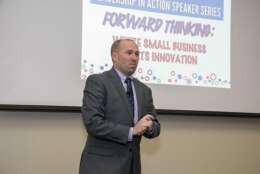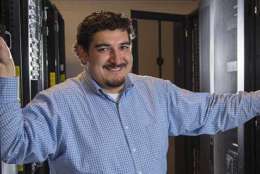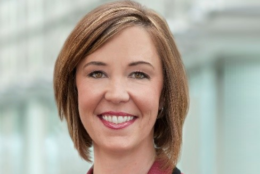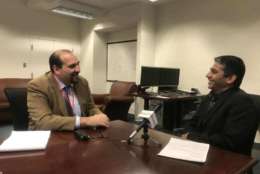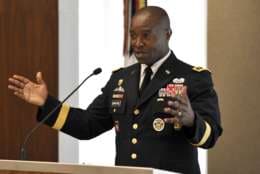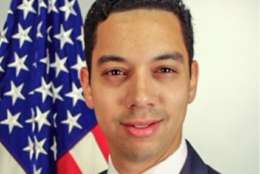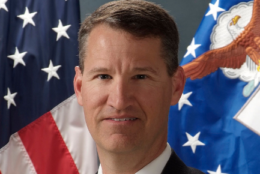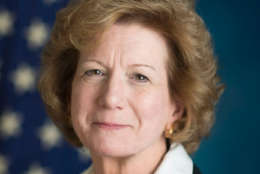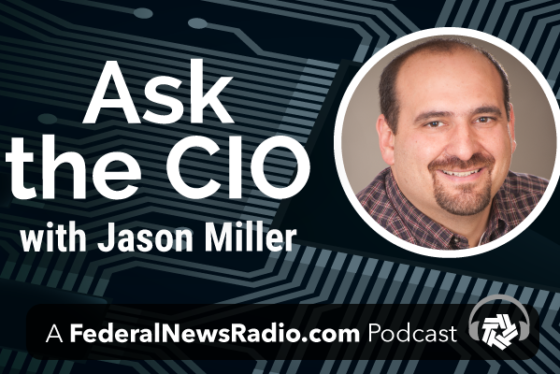Ask the CIO Podcasts
-
Steve Wallace, a systems innovation scientist in the Emerging Technology Directorate at the Defense Information Systems Agency, said the agency soon will choose vendors to develop a prototype to protect the network and data from attacks that come through web browsers.
March 25, 2019 -
Vince Urias, a distinguished member of the technical staff at Sandia National Laboratories, said the HADES programs creates a fake environment where cyber defenders can lure hackers and better understand their techniques.
March 15, 2019 -
Suzi Connor, the chief information officer at CDC, said a new three-pronged approach will change the way the agency manages and uses technology.
March 08, 2019 -
Max Everett, the Energy Department’s chief information officer, said about one-third to one-half of the department still needs to move their email to the cloud.
February 08, 2019 -
Raghav Vajjhala, the chief information officer of the FTC, said a new blanket purchase agreement with four vendors will help the agency take a low risk approach to IT modernization.
February 01, 2019 -
Marina Fox, from the dot gov domain services in office of governmentwide policy at GSA, said an 18-month effort proved that artificial intelligence could help make sure agencies meet federal regulatory requirements easier.
January 25, 2019 -
Lt. Gen. Bruce Crawford, the Army’s chief information officer, said the service’s new artificial intelligence task force will focus on tasks ranging from automating cybersecurity to identity management.
January 11, 2019 -
Josh Moses, the former Office of Management and Budget’s chief of the cyber and national security branch in the office of Federal CIO, said agencies are in better shape to defend against cyber attacks because of a combination of policy, people and programs.
December 21, 2018 -
Glenn Davidson, the former executive director of enterprise services at the Commerce, said after three years the agency is seeing better services and cost avoidance from consolidating IT, acquisition and HR services.
December 10, 2018 -
Jothi Dugar, the NIH’s clinical center’s chief information security officer, said she is using the agency’s Diversity of Science effort to increase the number of women in cybersecurity.
November 29, 2018 -
Kevin Cox, the CDM program manager at the Homeland Security Department, said the future for CDM includes security operations-as-a-service (SOCaaS), shared services and moving to a continuous improvement cycle.
November 13, 2018 -
Bill Marion, the Air Force’s deputy CIO, said the service hopes to unify technology, data and business transformation from operational and implementation perspectives.
November 09, 2018 -
Janet Vogel, the acting chief information security officer at HHS, said the Health Sector Cybersecurity Coordination Center (HC3) replaces the Healthcare Cybersecurity and Communications Integration Center (HCCIC).
November 02, 2018 -
Jeanette Manfra of DHS said her office will help agencies manage and mitigate vulnerabilities through the CDM program.
October 26, 2018 -
Kathy Hutson, NSA’s senior strategist for academic engagement, said a 20-year partnership with the University of Maryland, Baltimore County helps keep current employees growing, while bringing in new ones.
October 19, 2018

